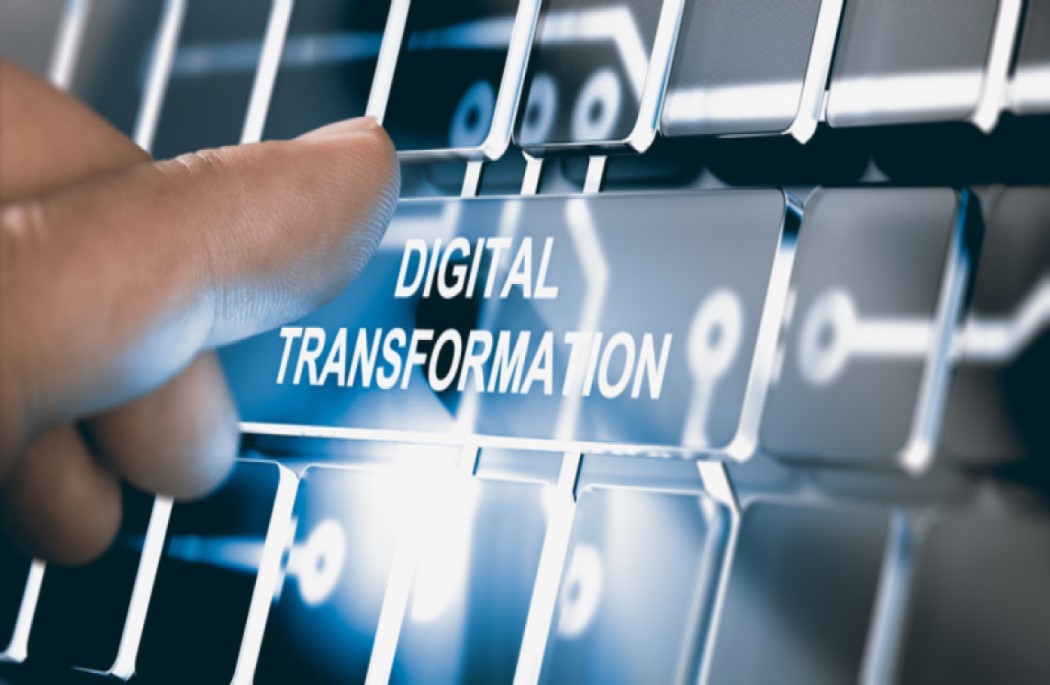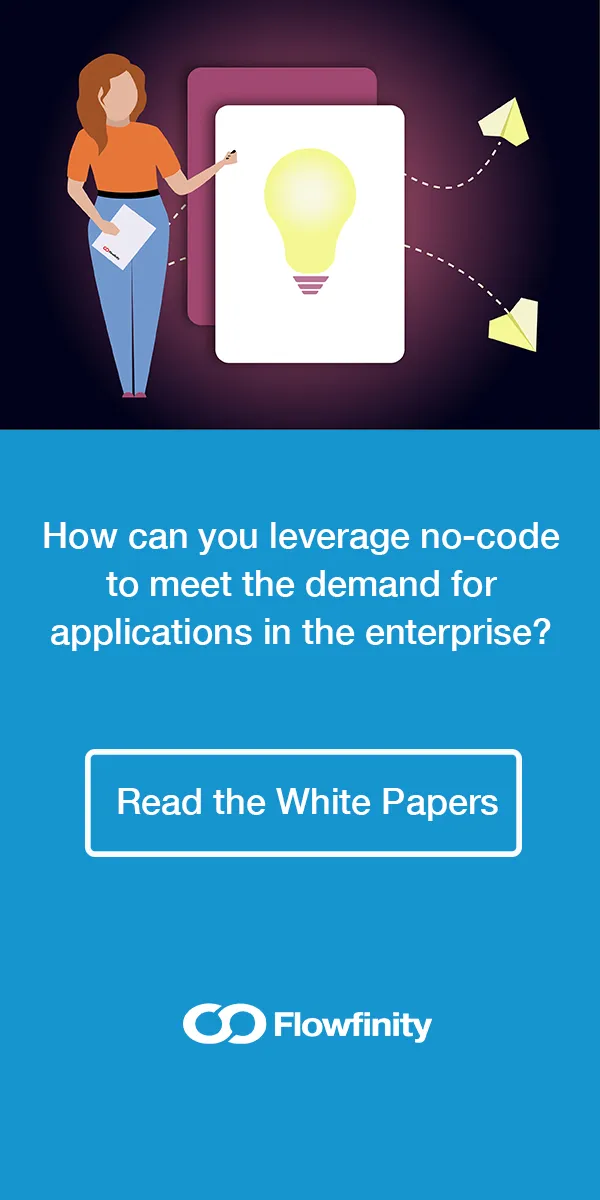Digital Transformation Terms and Trends Explained
Apr 11, 2019
By Sean King

Digital transformation is the practice of using new technologies to refine existing processes or develop new ones and holds immense potential for businesses. Research shows firms are speeding up their investment in digital transformation, but this increased investment doesn't necessarily result in the desired improvements. With so much buzz surrounding digital transformation, the key to success lies in understanding what opportunities are out there, and which are appropriate for your organization.
Here are some key trends that are driving successful digital transformation efforts:
Robotic Process Automation (RPA)
RPA uses software 'robots' to perform routine rules-based tasks. RPA technology mimics how human workers interact with software and systems, and is capable of data-entry, calculations and completing or escalating tasks. For example, generating and sending an invoice on a completed work order or any other rote task are perfect for automation.
Robotic process automation is a crucial trend in digital transformation. The configuration of robots to assist humans with repetitive workflows not only ensures greater accuracy and compliance, but also allows knowledge workers to focus on using their judgement and creative skills to boost business productivity.
Business Process Automation (BPA)
A close relative of RPA, BPA is the broader discipline of applying new technology to automate business processes. The aim is to streamline service delivery, reduce costs and boost productivity. Workflows can be improved and standardized to create alignment across whole organizations when processes become automated.
The benefits of BPA are that in streamlining workflows, costs can be reduced, and focus can be moved from repetitive tasks to more meaningful work. Leveraging BPA will allow your business to become more agile and responsive in the long-run.
Low-Code Application Development
Low-code platforms enable shorter development cycles by reducing the amount of manual coding required. Low-code application development tools differ from traditional coding platforms because they provide a largely visual approach to building applications, often using a graphical user interface.
However, as the name suggests, there is still a requirement for some coding knowledge in order to build even basic applications. Low-code, while more accessible to non-developers, can still result in expensive and prolonged development cycles.
No-Code Application Development
No-code application development tools provide a point-and-click application editor and take a fully declarative approach to business process configuration. This makes it possible for business managers as well as professional developers to quickly build and publish customized, flexible applications. The low-cost and speed of development make no-code software a formidable alternative to both traditional code and low-code approaches.
Empowering managers to design and deploy the applications their business units will ultimately use allows the benefits of digital transformation to be understood and realized across the wider organization. This frees your IT department from the pressure to maintain or build business unit specific applications, allowing them to focus on responding to demands requiring their scarce developer skills.
Cloud Computing
Cloud computing is the practice of storing and accessing data and applications over the internet rather than in local, physical storage. This may sound complicated, but well-known consumer services such as Gmail and Netflix utilize cloud computing. The leading business cloud computing platforms are currently Microsoft Azure and Amazon Web Services.
Cloud computing can significantly reduce costs for businesses as capital expenditure on data centers is no longer required. Embracing solutions that can be accessed via the cloud ensures a greater degree of flexibility as users can perform work remotely by simply connecting to the internet. The cloud also provides the ability to scale automatically based on traffic demand for efficent use of server resources.
Mobile Data Collection (MDC)
MDC is a method of gathering information using applications built for smartphones or tablets, eliminating the need for manual data collection and entry. Digitally recording data at the point of origin removes the need for paper forms and transcribing written information into spreadsheets.
Robust MDC apps streamline the data collection process and make it possible to record 'rich' data such as audio recordings, GPS locations and photographs. Providing field users with a more efficient data collection process combined with real-time data reporting will provide managers with actionable information for making good decisions and reduce the potential for errors.
Real-Time Data and Dashboards
Real-time data refers to data that can be accessed by a system user as soon as it is acquired. This means that information collected on mobile devices such as smartphones, tablets or laptops is instantly recorded on a centralized database allowing all users to see additions or changes occur live without the need to manually transfer gathered information.
Combining mobile data collection and interactive dashboards allow managers to interpret information as events happen, improving decision-making and operational intelligence. By providing real-time snapshots of key performance indicators business leaders gain the ability to respond immediately to trends or anomalies.
Internet of Things (IoT)
IoT (somestimes called Machine to Machine, or M2M) refers to the interconnectivity of objects embedded with chips and sensors with each other and mobile devices via the internet. Connecting 'smart' objects with industrial machinery makes it possible for them to collect, send, and receive data and then make adjustments if required.
This connectivity allows for virtually endless opportunities to optimize business processes if coupled with the power of robotic process automation, IoT has the power to connect devices with software robots, automating entire workflows previously undertaken by humans.
Integration Strategies
Integration strategies are concerned with helping organizations establish and optimize their efforts to leverage existing and future technologies. Creating frictionless interaction between systems, users, software and physical infrastructure is the goal of integration strategists.
Integration is increasingly seen as the glue that holds digital transformation together and when poorly executed the resulting bottlenecks and friction can prevent organizations from reaching their potential. In that sense, integration is a core principle of digital transformation.
Digital transformation is about innovation, both improving existing processes and discovering new ones. The buzz around the term can distract from the potential benefits of embracing digital transformation strategies. The key to success lies in understanding what opportunities are out there and can help your organization reach its full potential.
Flowfinity offers the ability to create business applications without code for now and the future. To learn more about how Flowfinity applications can help your digital transformation efforts, contact us for a free consultation.

